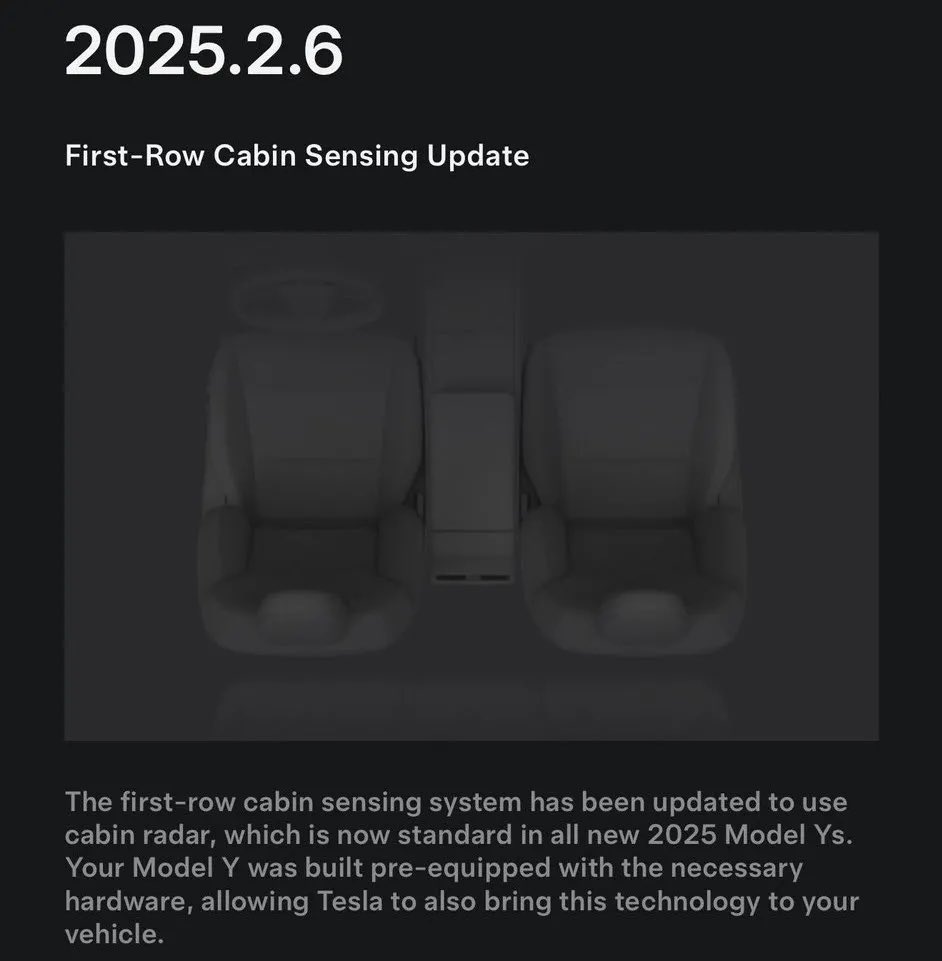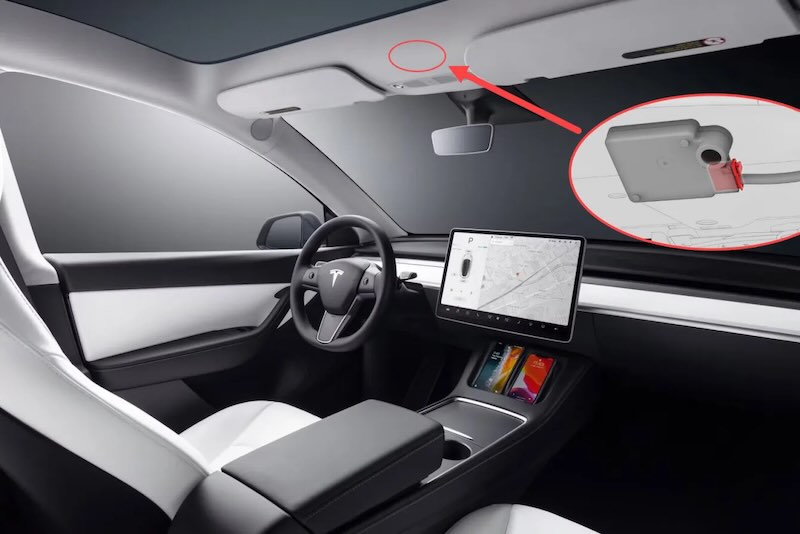Tesla has reignited its commitment to in-vehicle safety by reactivating its Cabin Radar feature, a system sidelined since 2019 due to technical challenges. The revival follows years of engineering refinements, with the automaker asserting the technology now meets reliability standards. This move aligns with Tesla’s broader strategy to integrate hardware and software advancements that prioritize occupant safety. But how did the company address past shortcomings, and what does this mean for current owners?
The Cabin Radar’s initial deactivation stemmed from unresolved electromagnetic interference between sensors and onboard electronics. Following a 2019 software update, erratic behavior—such as false alarms and misreported occupancy—prompted Tesla to disable the system temporarily. Internal investigations revealed that overlapping frequencies from other components disrupted radar signals, compromising accuracy. By isolating these frequencies and redesigning sensor shielding, engineers mitigated interference risks. “Stability is no longer a concern,” a Tesla spokesperson confirmed, emphasizing rigorous validation across diverse environmental conditions.

Tesla activates cabin radar after three years
Owners of eligible vehicles produced between 2020 and 2023 can now access free radar module replacements or over-the-air software patches. This dual approach ensures compatibility across hardware generations, minimizing disruptions. Tesla’s proactive service campaign underscores its focus on retroactive upgrades, a rarity in the automotive sector.
Unlike legacy seat sensors, which estimate occupancy through pressure detection, the Cabin Radar employs millimeter-wave technology to map the cabin’s interior. This enables dynamic adjustments to airbag deployment based on passenger size and posture—a critical enhancement for collision safety. According to Tesla’s Model Y manual, the system’s precision reduces false negatives, particularly for smaller occupants like children or pets.
The reactivated feature will debut in 2022-and-later Model Y vehicles, with plans to extend it to the updated new Model 3 “Highland” and Cybertruck. While Tesla hasn’t confirmed a timeline for older models, its iterative rollout suggests prioritization of newer architectures.
Tesla’s decision to revive Cabin Radar reflects a broader industry shift toward sensor fusion—combining multiple data sources for redundancy and accuracy. As competitors explore camera-based systems, Tesla’s hybrid approach could set a benchmark for reliability. Could this also pave the way for advanced features like driver monitoring or adaptive climate controls? The company remains tight-lipped but hints at “expanding applications” in future updates.
By addressing past flaws head-on, Tesla not only rectifies a dormant feature but reinforces consumer trust. The Cabin Radar’s return signals more than a technical fix—it’s a calibrated step toward redefining vehicular safety standards.
Related Post
Tesla Launches Parts Catalog Direct-to-Consumer Parts Sales Online: A Win for Right to Repair
Tesla Cybertruck New Interactive Wiring Diagrams Transform Vehicle Maintenance | Service Mode Plus
Tesla Adds Essential Camera Maintenance Requirement for Autopilot Systems | What to Know
